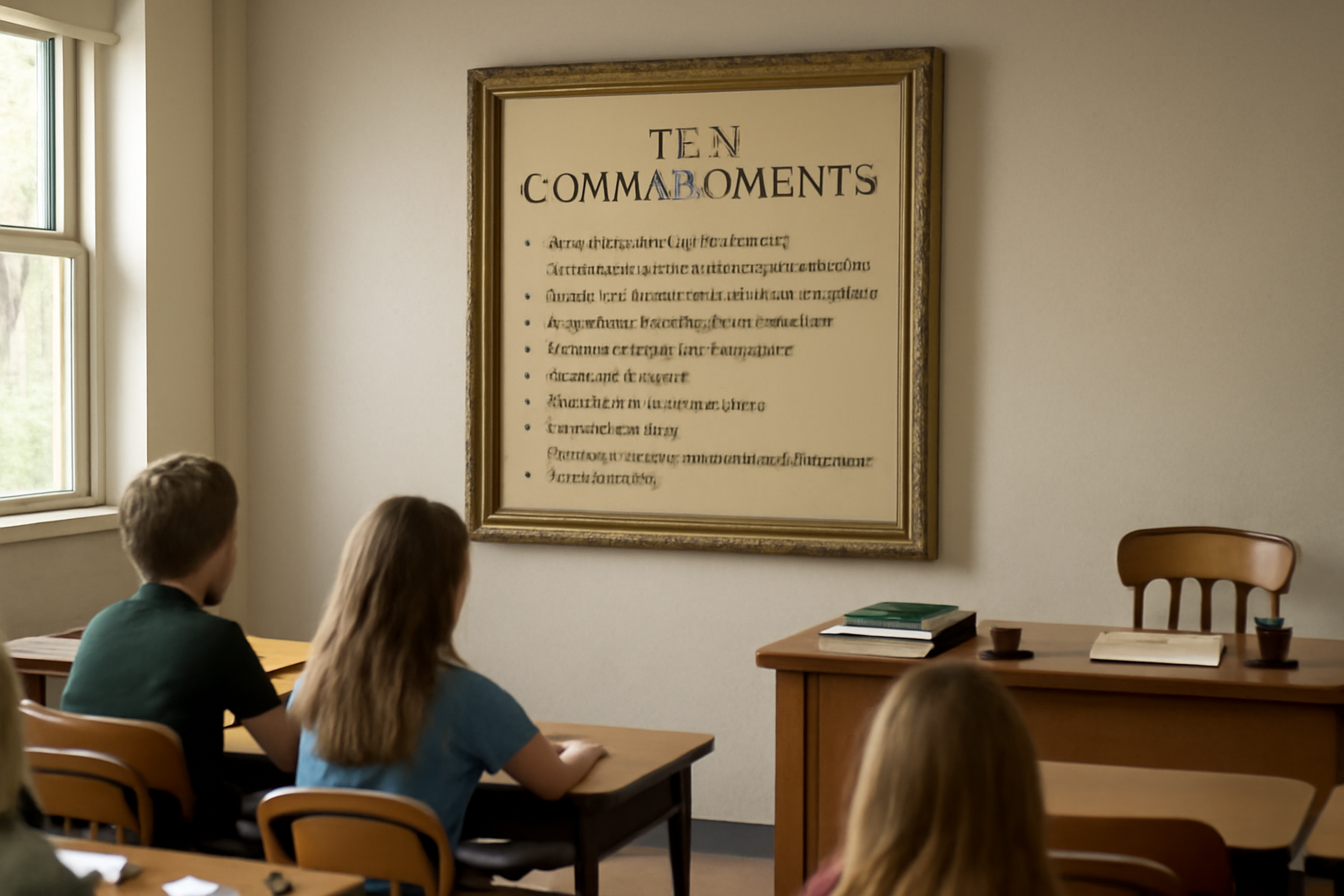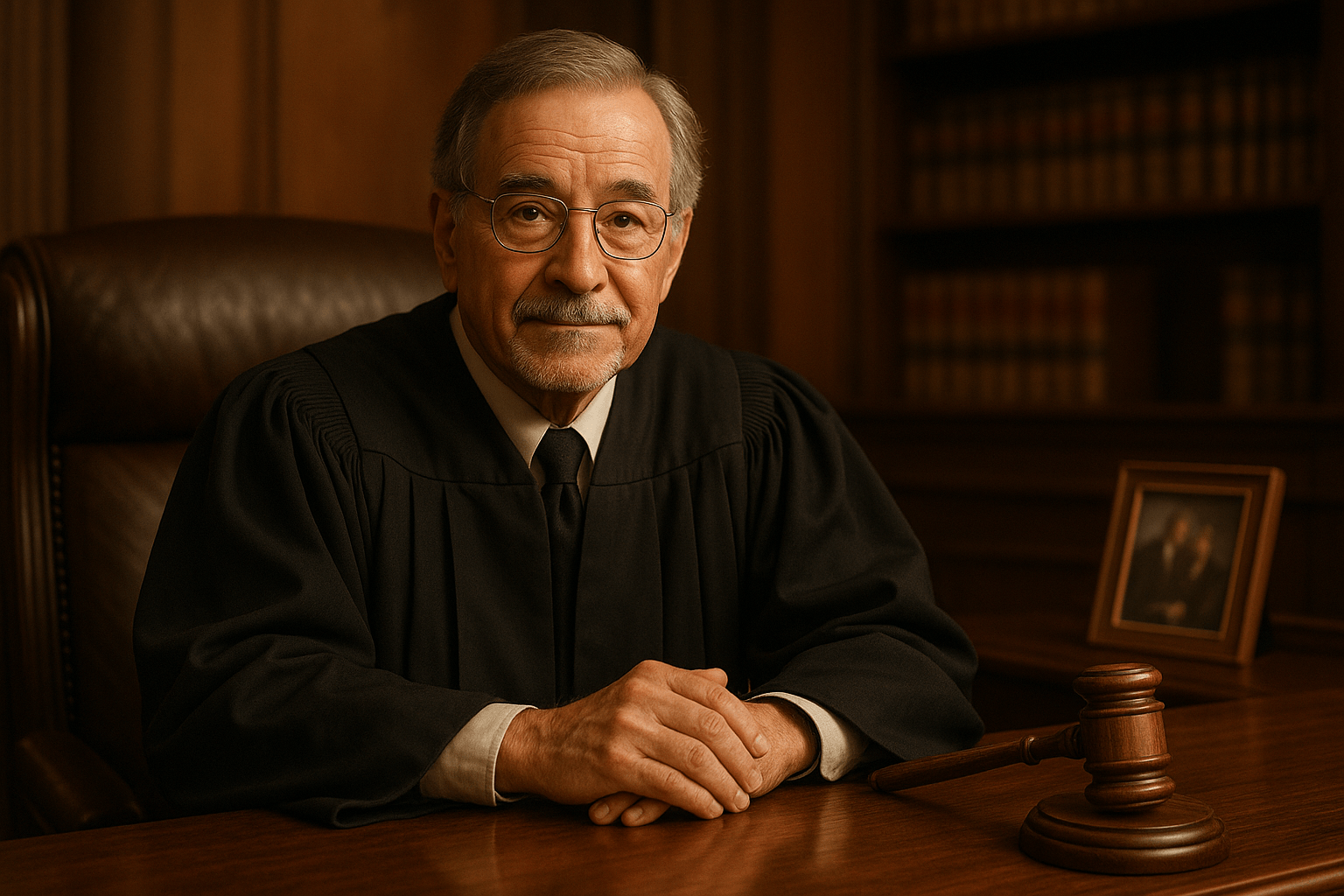Texas’ New Law: Requiring the Ten Commandments in Public School Classrooms
Texas has always been at the center of debates about the intersection of religion and public education. In 2024, Governor Greg Abbott signed a law requiring public schools in the state to display the Ten Commandments in classrooms. This has sparked both enthusiastic support and sharp criticism, with questions arising about constitutional rights, tradition, and the role of religion in public spaces. In this post, we’ll break down what this law means, why it’s controversial, and what might happen next.
The Law: What Does It Require?
Under the new legislation signed by Governor Abbott, every public elementary and secondary school in Texas must ensure that a poster or framed copy of the Ten Commandments is displayed clearly in each classroom. According to the law, the commandments must be printed in a “legible font” and be at least 16 inches wide and 20 inches tall.
Supporters argue that the Ten Commandments represent a fundamental part of American heritage and moral development. They also claim that similar displays have existed historically and that teaching students about these rules offers lessons on ethics and law.
Why Is This Law Controversial?
This law brings up constitutional questions about the separation of church and state. The First Amendment’s Establishment Clause prohibits the government from establishing an official religion or favoring one religion over another. Critics, including civil liberties groups, worry that this requirement sends a message of government endorsement of a particular religious tradition—in this case, Judeo-Christian values.
Previous legal battles have played out over similar efforts. In 1980, the U.S. Supreme Court ruled in Stone v. Graham that a Kentucky law requiring the Ten Commandments in public classrooms was unconstitutional. The Court said such displays were “plainly religious in nature” and did not serve a secular purpose.
Advocacy groups like the American Civil Liberties Union (ACLU) and Americans United for Separation of Church and State have signaled they will challenge the Texas law in court. Religious liberty organizations, meanwhile, are ready to defend it, arguing it doesn’t force anyone to believe or participate, and instead recognizes the historic influence of the commandments.
What Does This Mean for Students and Teachers?
In practical terms, the law means that every classroom, from kindergarten through 12th grade, will display the Ten Commandments. Parents and teachers are divided on the impact:
- Supporters believe it will promote morality, respect for authority, and a connection to longstanding traditions.
- Opponents worry it will alienate students from different faiths—or those who are non-religious. Some teachers have concerns about being put in the middle of a legal and cultural battle.
There are also questions about enforcing the law, what language or version of the Ten Commandments should be used (as traditions sometimes differ), and who is responsible for funding and maintaining the displays.
A Broader Debate: Religion in Public Life
Texas’ law is just the latest in a series of efforts in several states to introduce religious concepts into public schools. Besides the Ten Commandments, some states have proposed or passed laws about teacher-led prayers, Bible literacy classes, and religious symbols. Each time, the debate returns to some central questions:
- Does recognizing religion’s role in history violate the Constitution?
- Is it possible to honor religious heritage while respecting diversity and inclusion?
- What message does it send to students from minority faiths or secular backgrounds?
For an excellent overview of the larger national debate, see this analysis from the Pew Research Center.
What Happens Next?
Legal challenges are almost certain. Given the precedent set by the Supreme Court over forty years ago, this law could be overturned—but with changes in the composition and leanings of today’s courts, the outcome isn’t certain. Should the case reach the U.S. Supreme Court again, it could have national implications, reshaping what’s allowed (or required) in classrooms across America.
In the meantime, Texas schools are preparing to display the Ten Commandments for the upcoming school year. Teachers, administrators, parents, and students will be navigating new ground—waiting to see whether the law stands or is struck down by judges.
Further Reading
- Texas Tribune: Texas lawmakers approve bill requiring Ten Commandments in public schools
- ACLU: Texas Legislature Moves to Impose Religion in Public Schools
- PBS NewsHour: News Wrap
Conclusion
The debate over the Ten Commandments in Texas classrooms is about more than just a set of ancient rules—it’s about how we define public space in America, how we honor diverse beliefs, and how we interpret the Constitution in a changing world. As this law is challenged, its outcome could have lasting effects well beyond Texas, shaping national conversations on faith, freedom, and the future of public education.




